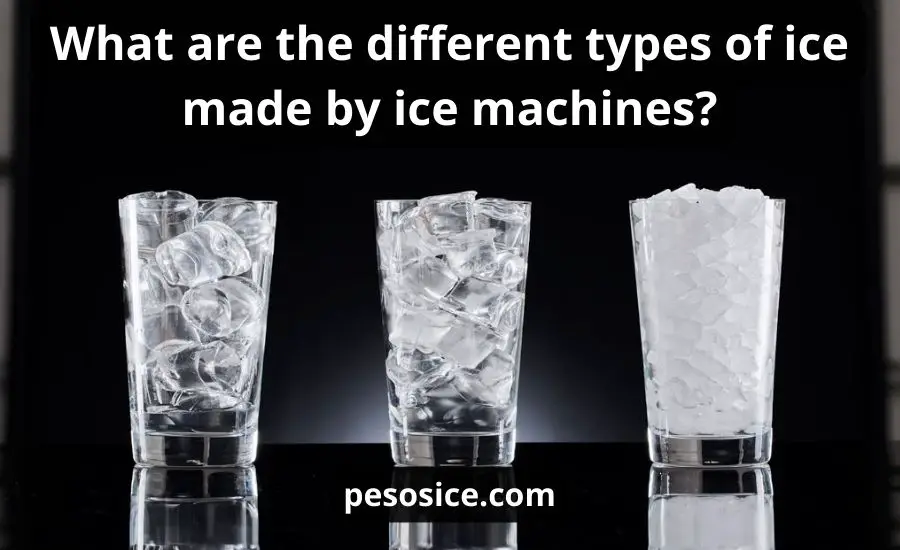
What are the different types of ice made by ice machines? Understanding the diverse types of ice shapes produced by home or commercial ice makers is essential for appreciating their varied applications and functionalities.
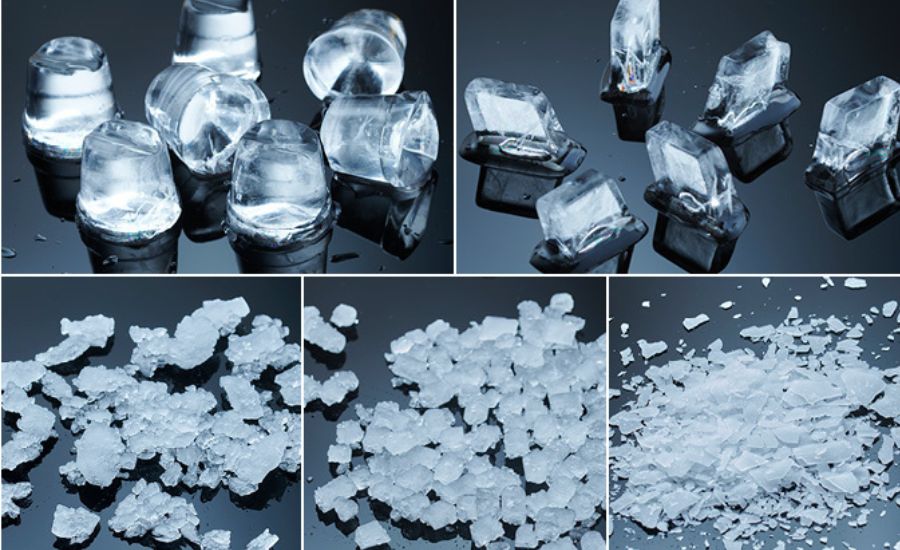
1. Square/full cube ice
Shape: square-shaped ice cube, with clear edges and corners, resembling a classic cube.
Size: typically larger compared to some other ice types, offering slower melting rates.
Density: dense and slow-melting ice cubes.
Usage:
- Preferred for alcoholic beverages, soft drinks, and bagged ice due to its slow melt rate.
- Favored in upscale events and cocktail parties for its aesthetic appeal and slower melting properties.

2. Half cube ice
Shape: cubical shape with smaller dimensions compared to full ice cubes, resembling a smaller version of traditional cubes.
Size: the half cube is smaller and more compact than standard cubes, allowing for quicker cooling.
Usage:
- Half-cube ice is suitable for mixed drinks, soft drinks, bars, restaurants, and food service establishments where a slow melt rate and less dilution are preferred.
- Ideal for catering events and parties in ice dispensers where efficient cooling is needed without compromising the beverage’s taste.
3. Large cube ice
Size and shape: ice cubes are characterized by a substantial and oversized cube shape, often larger than other ice types.
Density: dense ice cubes lead to a slower melting rate, ideal for maintaining beverage integrity.
Usage:
- Suited for a high-end bar or lounge’s ice machine serving top-shelf spirits and cocktails, it melts slowly and minimizes dilution.
- Preferred in specialty craft cocktails, providing an elegant touch and enhancing the overall drinking experience.
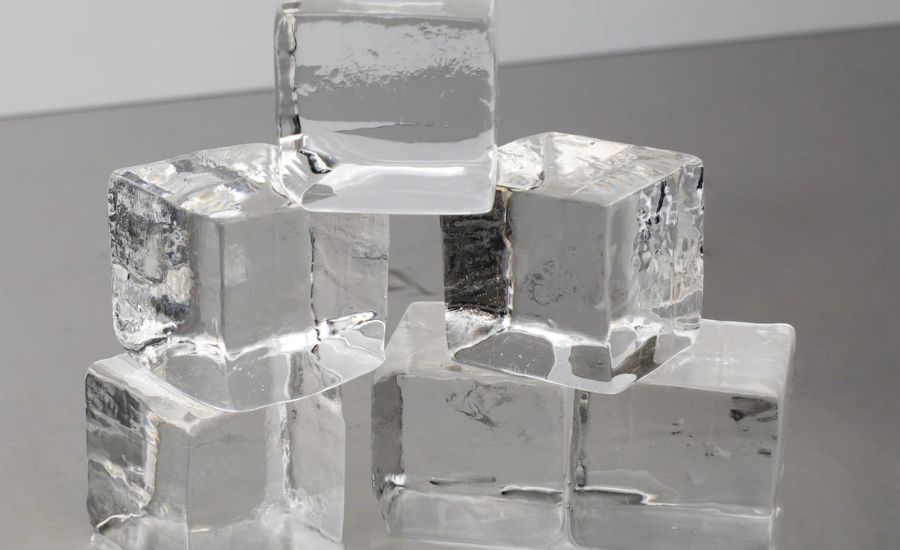
4. Gourmet ice cubes
Shape and size: large, clear, and often square-shaped ice cubes with defined edges, resembling premium, high-quality cubes.
Clarity: crystal clear ice cubes due to slower freezing, indicate higher water quality and fewer impurities.
Density: dense and slow-melting, preserving beverage flavors without rapid dilution.
Usage:
- Commonly used in upscale bars, restaurants, and luxury hotels where the presentation and quality of beverages are paramount.
- Preferred for specialty cocktails and premium spirits to maintain the drink’s integrity and elevate the drinking experience.
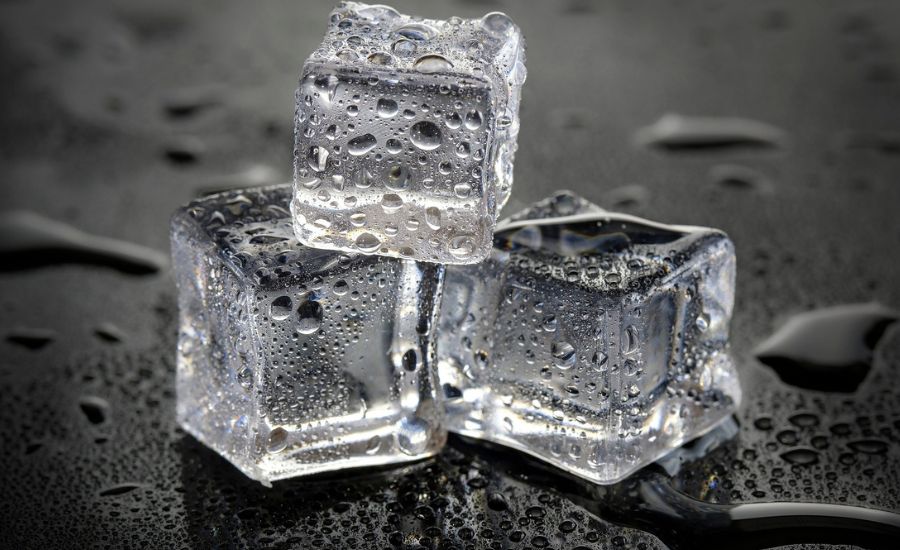
5. Dice ice
Shape: cube-shaped, smaller in size compared to full cube/square ice, with rounded edges.
Density: moderately dense, which results in a balanced melting rate.
Usage:
- Widely used in bars, restaurants, and cafes for serving various cool drinks like sodas, juices, and cocktails.
- Preferred for ice makers in healthcare settings for cold therapy applications due to its manageable size and slower melting rate.
6. Half-dice ice
Shape: semi-cube shape, smaller than dice ice, with a flatter profile.
Dimensions: typically thinner compared to regular dice ice cubes.
Usage:
- Widely used in bars, restaurants, and cafes for serving a variety of beverages, including sodas, juices, cocktails, and mixed drinks.
- Commonly used in commercial settings such as convenience stores, fast-food chains, and gas stations for cooling beverages sold to customers.
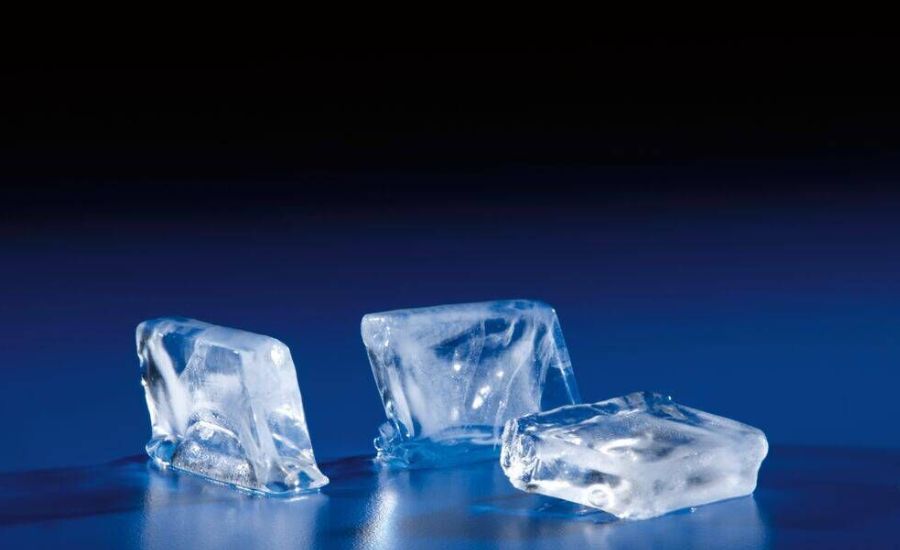
7. Nugget/pebble/chewable ice/sonic ice
Shape and texture: irregularly shaped, resembling small, chewable nuggets or pellets.
Softness: soft and chewable texture, making it easy to crush between teeth.
Usage:
- Popular for ice makers and ice dispensers in fast-food chains, convenience stores, and beverage kiosks for dispensing sodas, slushies, and specialty drinks.
- Preferred by consumers for home ice machines due to its soft texture, often chosen for blending smoothies or for those ice maker owners who prefer chewable ice for beverages.
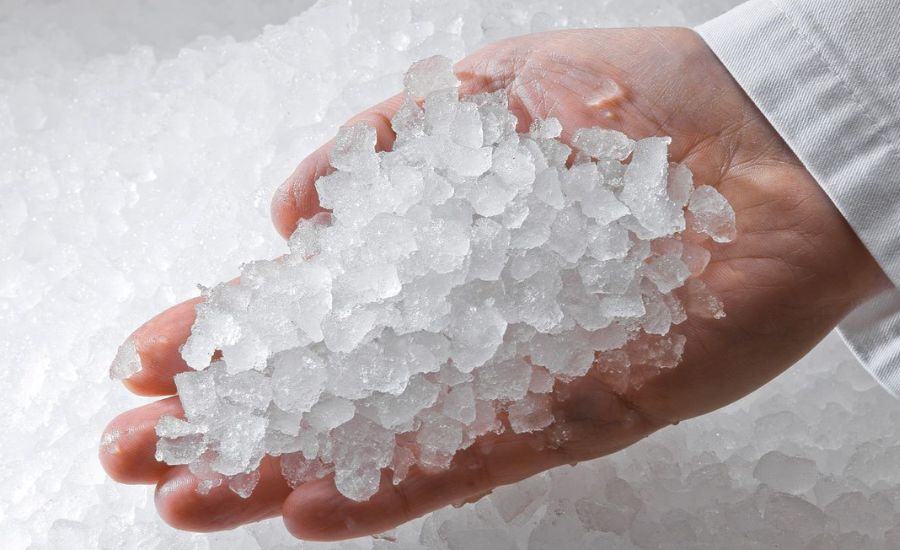
8. Flaked ice
Appearance: thin, flat, and irregularly shaped flake ice, resembling small, thin pieces of ice.
Texture: soft and pliable texture, allowing flake ice to conform to surfaces and mold easily.
Usage:
- Commonly used in blended drinks, food displays, seafood markets, and buffets to maintain product freshness and presentation.
- Used in ice makers for medical facilities for therapeutic purposes, transportation of organs, and preservation of vaccines.
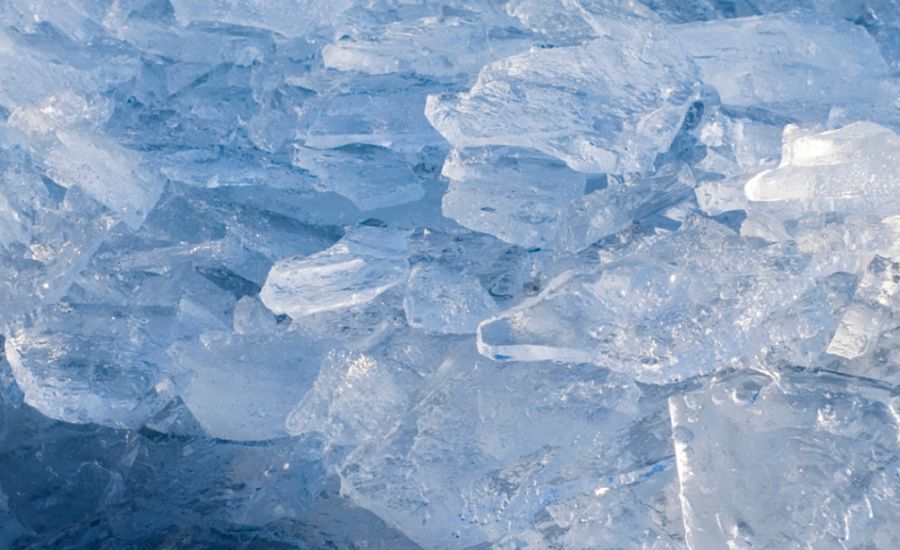
9. Crushed ice
Texture: consists of small, irregularly shaped ice particles or granules.
Usage:
- Widely used in ice machines in bars, restaurants, and beverage kiosks for creating slushy drinks, cocktails, and specialty beverages.
- Used in food presentations, salad bars, seafood displays, and buffet setups to maintain product freshness and enhance presentation.
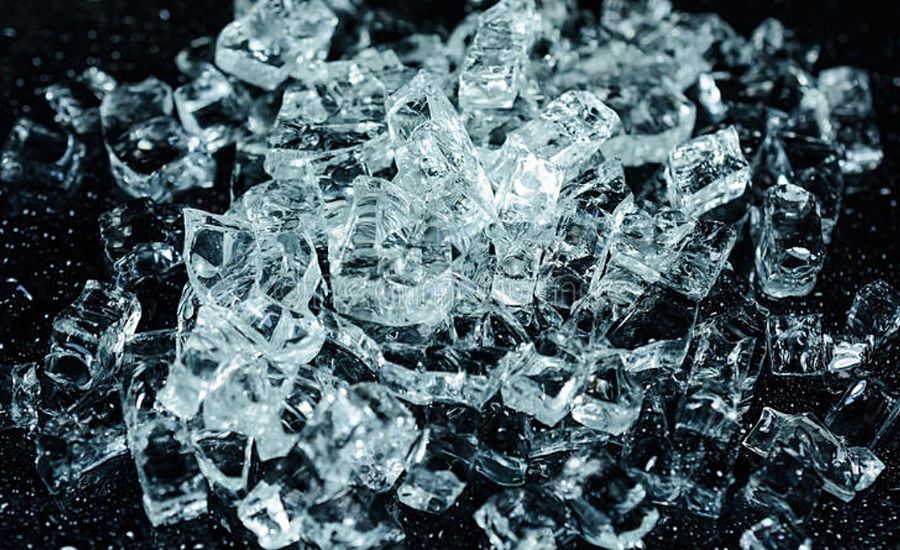
10. Tulip ice
Distinctive shape: tulip-shaped ice with a hollow center, resembling a flower or inverted cone.
Features: clear and visually appealing, enhancing beverage presentation.
Usage:
- Found in high-end hotels, upscale bars, and premium event venues for cocktail presentations and high-class beverage service.
- Used in fine dining restaurants and gourmet establishments to elevate the visual experience of specialty drinks and cocktails.
11. Crescent ice/half-moon ice
Shape: semi-circular or half-moon shape with a curved profile.
Size: typically larger than half-dice ice but smaller than full and large cube types of ice.
Usage:
- Used in gourmet dining experiences where attention to detail and visual appeal is essential for enhancing the overall dining experience.
- Used in displays for seafood, fruits, and desserts, adding an aesthetic touch while maintaining low temperatures for food preservation and presentation.
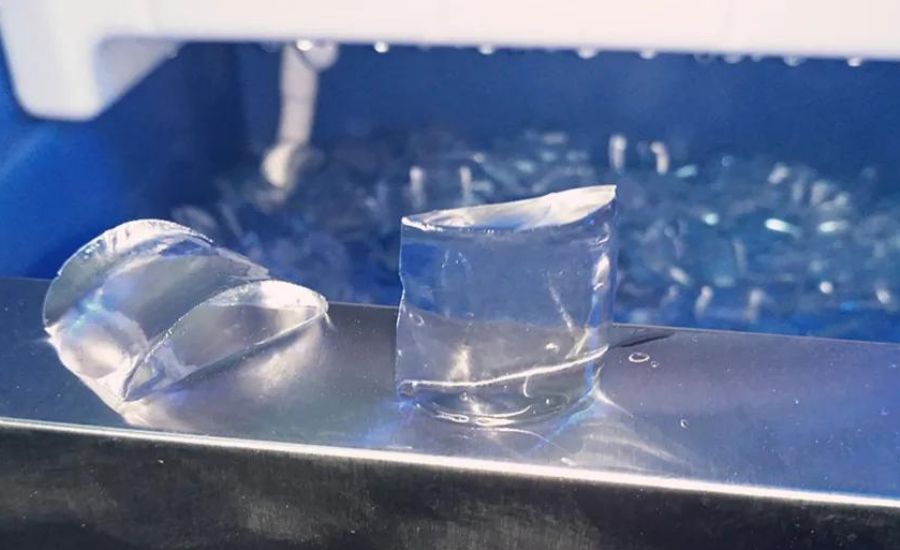
12. Hospital ice
Texture: typically finely crushed or softer in consistency compared to regular ice cubes.
Usage:
- Used in healthcare settings for cold therapy applications, reducing inflammation, pain relief, and managing swelling.
- Offered to patients in hospitals and healthcare facilities to improve comfort, especially in cases of fever, injuries, or medical conditions where cooling is beneficial.
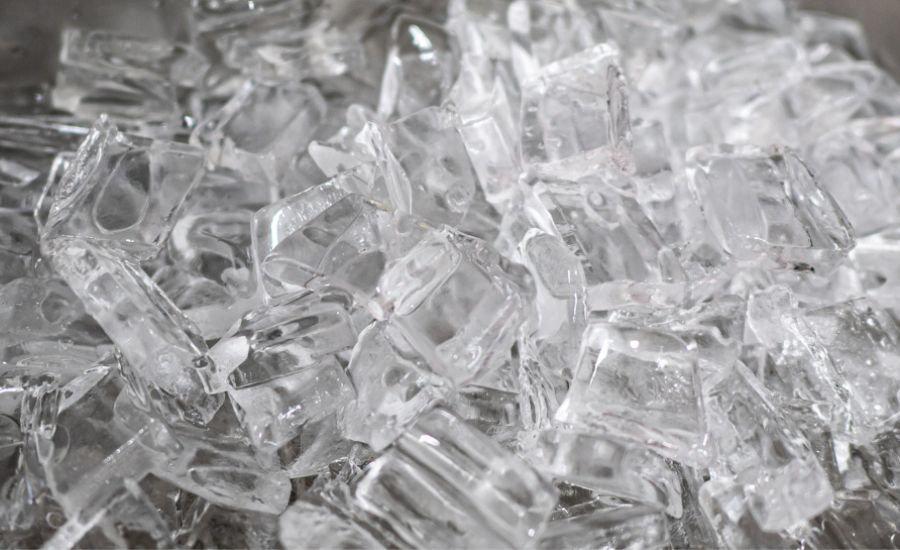
Conclusion & FAQs
In conclusion, the diverse types of ice produced by ice machines cater to various industries and preferences, offering tailored solutions for specific cooling, aesthetic, and functional needs.
What are the different types of ice made in ice maker?
An ice machine can produce full cube ice, half cube ice, flake ice/shaved ice, crushed, crescent ice, gourmet, pebble ice/sonic ice/nugget ice, and specialty types of ice.
What kind of different ice are there?
An ice machine can create an ice cube, nugget ice, flake/shaved ice, crushed, crescent, and various specialty types of ice.
What is the difference between gourmet ice and nuggets?
A gourmet ice cube is typically larger, clear, and often used in upscale settings, while nugget ice is softer, chewable, and more pellet-shaped, favored for its texture in beverages.
What kind of ice is hospital ice?
Hospital ice is often finely crushed or in smaller cube forms, made by an ice maker for therapeutic purposes and patient care in healthcare settings.
How much ice can an ice machine produce per day?
Home ice makers, commercial ice makers, and industrial ice makers can produce anywhere from 20 pounds to over 3,000 pounds of ice per day, depending on ice maker/ice machine size and capacity.
